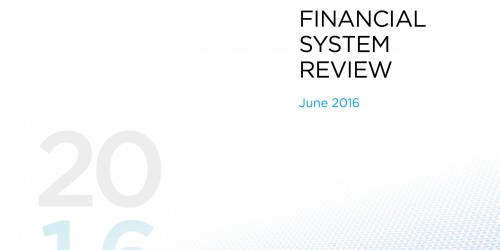Overall risks to financial stability are largely unchanged, but household vulnerabilities have moved higher
The overall level of risk to Canada’s financial system is largely unchanged from six months ago, the Bank of Canada said today in its biannual Financial System Review (FSR). While household vulnerabilities have moved higher, the ongoing economic recovery in Canada means that the overall risk remains the same. The Canadian financial system is resilient and functioning effectively.
The Bank continues to highlight two vulnerabilities related to Canadian households: the elevated level of household indebtedness and imbalances in some regional housing markets. A third vulnerability identified is the fragility of fixed-income market liquidity.
Strong regional divergences persist among housing markets. Job losses have increased financial stress for some highly indebted households in the regions most affected by low commodity prices. Meanwhile, in the greater Vancouver and Toronto areas, rapidly rising house prices and strong mortgage credit growth are increasing the share of highly indebted households. In these two markets, it is unlikely that economic fundamentals will justify continued strong price increases.
“This suggests that prospective homebuyers and their lenders should not extrapolate recent real estate performance into the future when contemplating a transaction,” said Governor Stephen S. Poloz.
The vulnerabilities described in the FSR could propagate shocks throughout the financial system if a major event were to trigger one of the identified risks. The most important continues to be a severe recession and an ensuing sharp increase in unemployment that impairs debt service and leads to a broad-based correction in house prices. The probability remains low as the economy continues to grow, supported by continued expansion in the United States, and accommodative monetary policy and fiscal stimulus in Canada.
Other key risks identified are a sharp increase in interest rates due to higher global risk premiums, stress emanating from China and other emerging-market economies, and a prolonged weakness in commodity prices.
Published twice a year, the FSR is intended to raise early awareness of the key vulnerabilities and risks to the Canadian financial system. It focuses on downside risks, rather than the most likely future path for the financial system.
The June issue of the FSR also features two reports written by Bank of Canada staff:
- Large Canadian Public Pension Funds: A Financial System Perspective
- Securities Financing and Bond Market Liquidity


